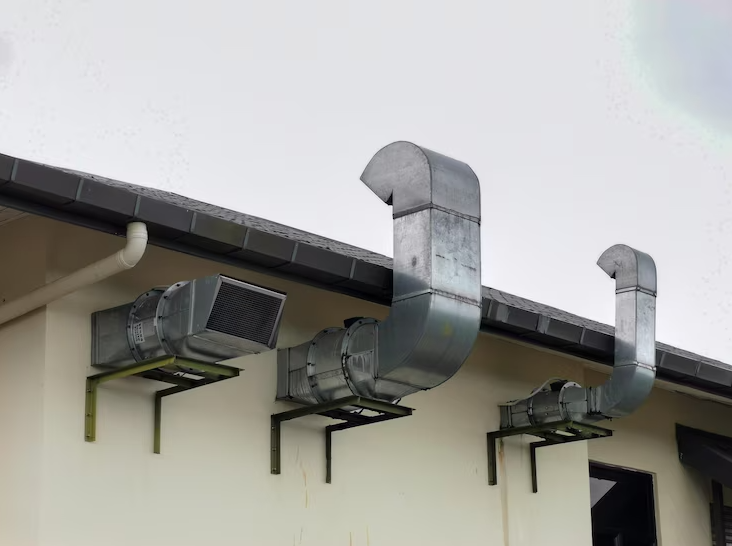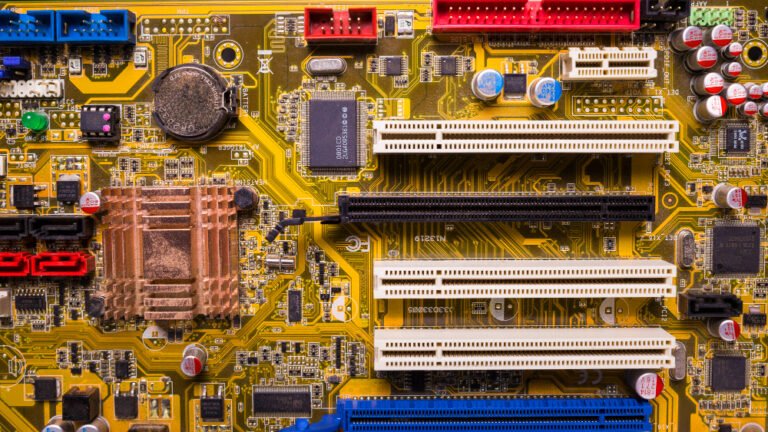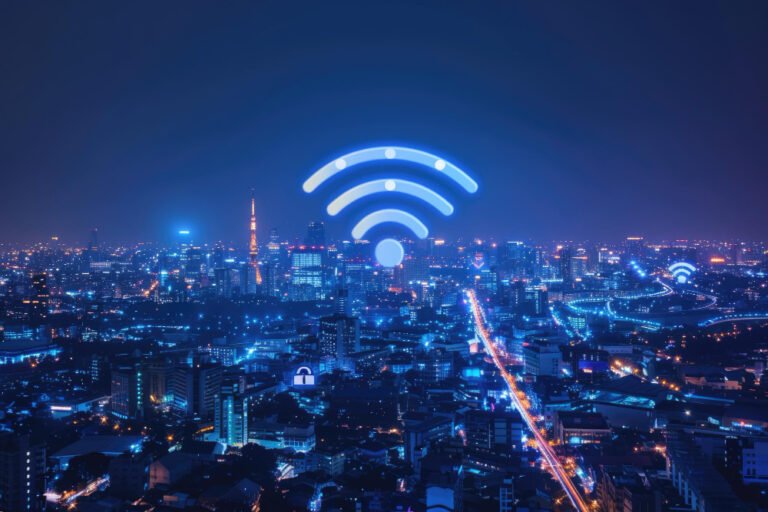How to Properly Set Up a Home MVHR System for Optimal Efficiency in Winter
Winter is a season of cold and homes are tightly sealed against heat loss. The most effective way to ensure that indoor comfort is achieved would be the Mechanical Ventilation with Heat Recovery system. It creates a suitable environment for energy-saving performance in a house by supplying the required fresh air while conserving heat by recovering stale air from individual rooms. However, the domestic MVHR system would need perfect winter conditions to work optimally.
Preparing the system for winter
1. Regulating Air Temperature
Proper ventilation with heat recovery, or MVHR, is the ideal configuration for the temperature of the purified air that is brought into the house. In winter, the air brought into the house must be very well controlled so that it is not too cold for comfort.
Most MVHR installations have built-in temperature sensors that automatically adjust the heated air supplied. These need to be checked to ensure that they are set correctly and that they are providing the desired temperature levels in the rooms. On very cold days, it may be useful to add a heater or other heat source to achieve a key temperature in the room.
2. Checking the Filters
MVHR filters need to be in good condition, especially in winter when the air becomes dry and dirty. Clogged filters lead to inefficiency in the system and poorer air quality in the rooms.
Filters should be checked every few months for dust, dirt and other debris. If they’re dirty, clean or replace them. This will help keep the system efficient and the house clean, especially in winter when the air is likely to be warmer and more polluted.
3. Setting the Operating Mode
Modern MVHR systems offer patients different levels of operating comfort depending on the weather conditions and their preferred use. In winter, for example, the system can be set to operate more intensively to extract moist, cold air from the rooms and replace it with fresh, heated air. The system should operate continuously to maintain optimum humidity and temperature levels in the rooms. However, the modes should not be set to extremely high levels, as this will increase energy consumption and therefore heating costs.
4. Checking the Heat Recovery Unit
The heat recovery unit is the key element in the efficiency of the MVHR system, exchanging heat between the extract and supply air. In winter, it plays a critical role in ensuring the maximum effective operation of the heat recovery unit, so that the heat in the rooms does not require additional fuel for heating.
Check the cleanliness and functionality of the heat recovery unit. If the system is not working properly, heat transfer efficiency will be compromised, resulting in huge energy losses. It’s also important to check the connections for leaks to prevent heat loss.
5. Controlling Humidity
In winter, humidity levels indoors can drop significantly, which can have a serious impact on the lives of those who live there. This is where the MVHR system comes in, providing the necessary internal humidity levels in addition to the ventilation and humidity control of the breathing air.
It should be noted, however, that this system requires calibration to achieve this balance. Extremely low humidity levels produced by the system could make the room dry and uncomfortable for both the respiratory system and the skin. Regular checks of humidity levels are recommended, with additional room humidifiers being used where necessary.
Setting up a home MVHR system for the winter period is an important step in ensuring a comfortable and energy-efficient indoor climate. Regular checks and adjustments will help preserve heat, reduce heating costs, and maintain healthy air inside the home. By considering all these aspects, you can make the most of your MVHR system during the cold season.






